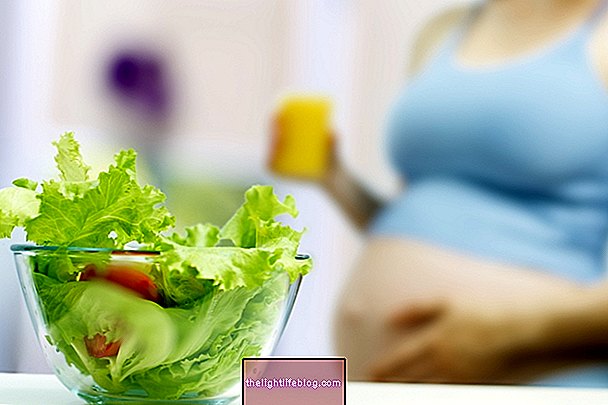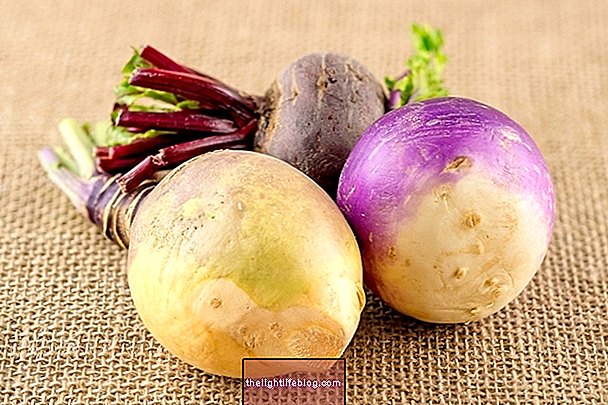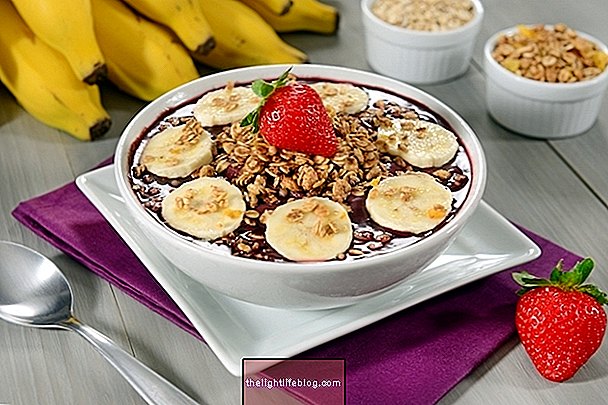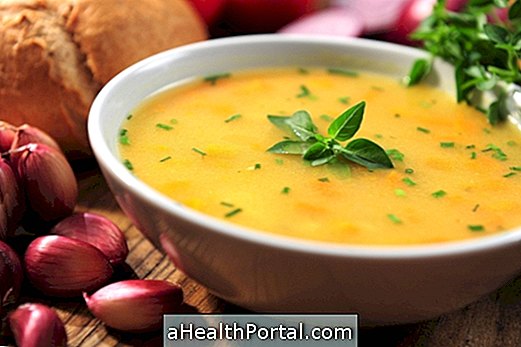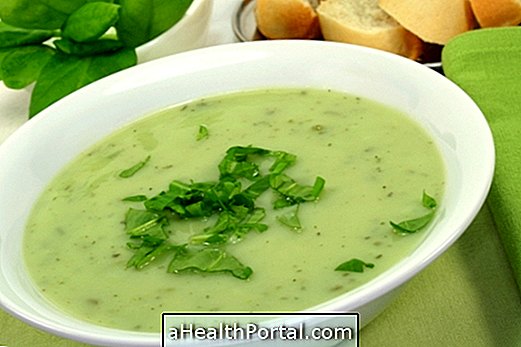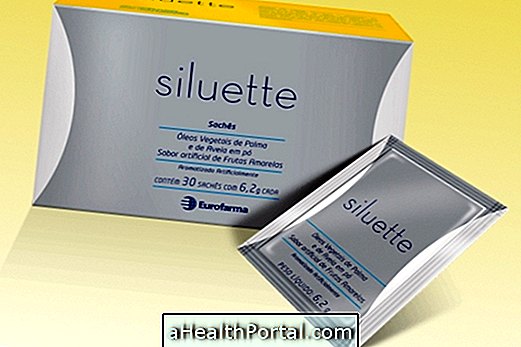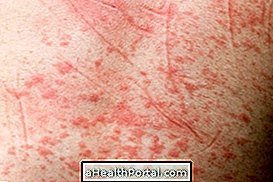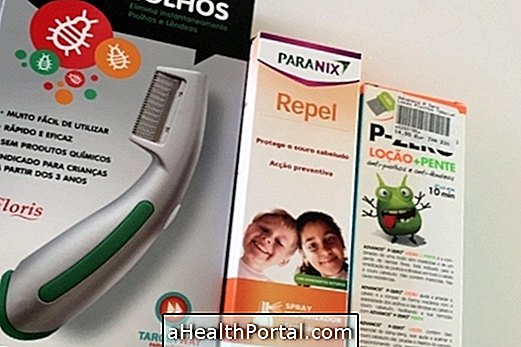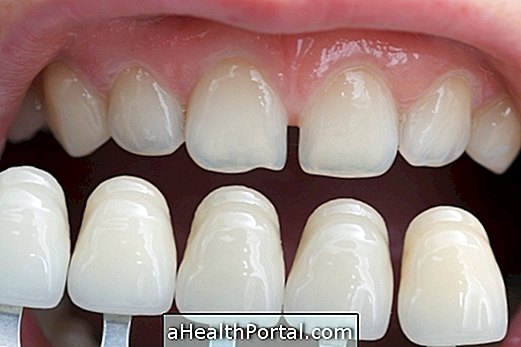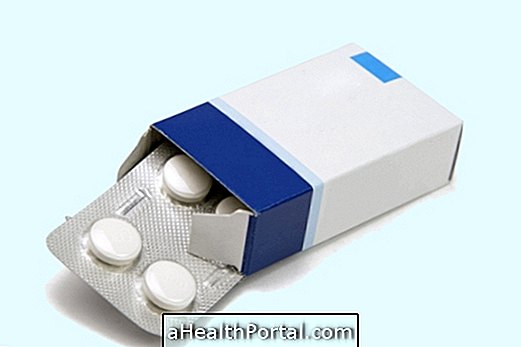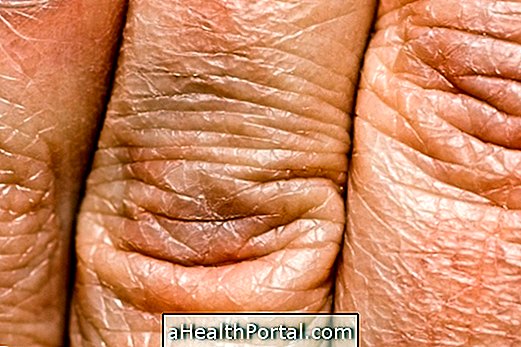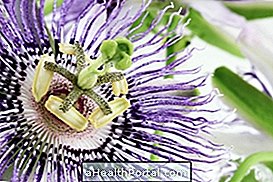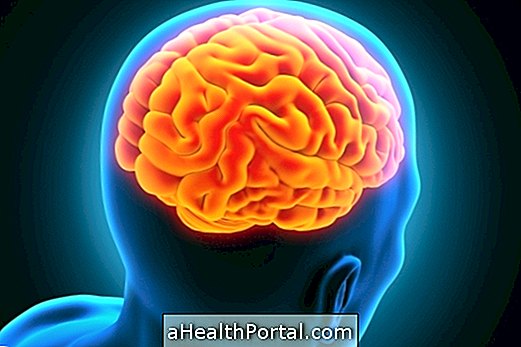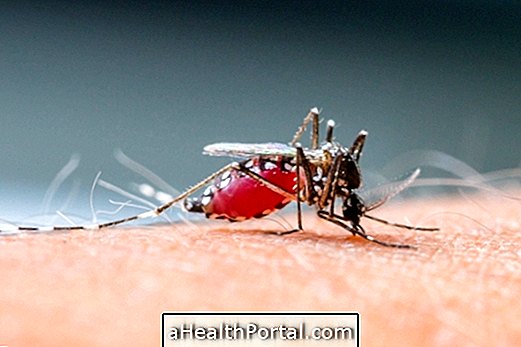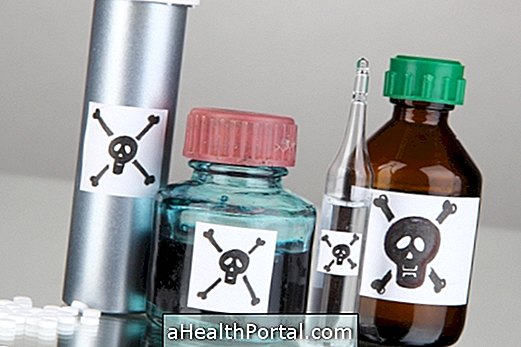Polyphenols are organic compounds found mainly in plants and fruits, which have the function of protecting them against insects, ultraviolet radiation and microbial infections. These substances can be ingested by humans through food, and can be found in foods such as red wine, green tea, chocolate or saffron, for example.
Due to their properties, mainly antioxidants and anti-inflammatories, polyphenols bring several health benefits, from regulating metabolism and helping with weight control, to preventing chronic diseases and preventing the onset of cancer.
There are more than 8 thousand types of polyphenols identified, the most well-known and studied are catechins, resveratrol, curcumin, anthocyanins and flavonoids.

Main benefits
Polyphenols have been extensively studied due to their potential health benefits and, although most studies have been carried out on animals or in the laboratory, their consumption has been associated with the following benefits:
1. Prevention of neurodegenerative diseases
Some polyphenols such as curcumin, resveratrol and catechins appear to be able to protect against neurodegenerative diseases such as Alzheimer's, Parkinson's, Huntington's disease and dementia. This happens due to its antioxidant, immunomodulatory and purifying properties that protect brain cells and inhibit the accumulation of a protein that causes toxic effects on neurons, called beta-amyloid, and that is directly related to Alzheimer's disease.
Likewise, it is believed that the compounds found in cocoa, grape juice and ginkgo biloba, for example, can also promote memory and concentration, as they improve blood flow in the brain.
2. Improved cardiovascular health
Polyphenols, in general, help to improve the functioning of the heart, as they have anti-inflammatory and antioxidant properties that reduce platelet activity, thus improving blood circulation and helping to control blood pressure.
Likewise, flavonoids and resveratrol help to lower LDL cholesterol, known as "bad", which reduces the risk of cardiovascular diseases, such as atherosclerosis, for example. Check the properties of resveratrol and how it should be consumed.
3. Cancer prevention
Flavonoids, flavones, catechins, anthocyanins and isoflavones are polyphenols that, due to their potent antioxidant action, are able to neutralize free radicals, preventing the growth of tumor cells and thus reducing the risk of suffering from some types of cancer such as colon, prostate, breast or endometrium.
4. Fight obesity
Some polyphenols such as catechins, resveratrol and curcumin appear to have anti-obesity effects, as they promote weight loss or help maintain it. This is because these substances can prevent the accumulation of body fat, reduce inflammation, increase energy expenditure and promote fat oxidation.
See how to use turmeric, rich in curcumin, to get its benefits in this video:

5. Prevention and improvement of diabetes
Some polyphenols, especially anthocyanins, have been associated with both the prevention and control of type 2 diabetes, as they have anti-inflammatory and antioxidant effects that help to protect the cells of the pancreas responsible for the production of insulin, the hormone that regulates amount of sugar in the blood.
In addition, polyphenols have also been associated with decreased digestion of carbohydrates at the intestinal level and regulation and alteration of glucose transport, which helps in the control of blood sugar.
6. Regulation of intestinal flora
Polyphenols can have a high potential to interact with the intestinal microbiota and bring health benefits, acting as a kind of probiotic that helps to improve digestion and the functioning of the gastrointestinal tract. This is believed to be because the metabolites produced by polyphenols appear to inhibit the growth of invasive species of intestinal bacteria.
Some evidence suggests that green tea extract can regulate the growth of bacteria such as Clostridium difficile, Escherichia coli and Salmonella typhimurium; or that the blueberry juice extract promotes the presence of beneficial bacteria, such as bifidobacteria, for example. However, further studies are needed.
See more about the benefits of probiotics.
7. Reduction of symptoms of menopause and PMS
Some polyphenols, such as isoflavones, flavones, resveratrol and lignins, help to alleviate the symptoms of menopause and premenstrual syndrome (PMS), by regulating and balancing the levels of estrogen in the body.
Main foods with polyphenols
This table includes the most common types of polyphenols and in which foods they are present:
It is important to include these foods in a varied and balanced diet to obtain all their benefits.
There are also supplements that can be purchased at pharmacies or health food stores that supply these compounds, but that must be used with care and always under the guidance of a nutritionist or other health professional.
Was this information helpful?
Yes No
Your opinion is important! Write here how we can improve our text:
Any questions? Click here to be answered.
Email in which you want to receive a reply:
Check the confirmation email we sent you.
Your name:
Reason for visit:
--- Choose your reason --- DiseaseLive betterHelp another personGain knowledge
Are you a health professional?
NoMedicalPharmaceuticalsNurseNutritionistBiomedicalPhysiotherapistBeauticianOther
Bibliography
- GORBY, Heather E .; BROWNAWELL, Amy M .; FALK, Michael C. Do specific dietary constituents and supplements affect mental energy? Review of the evidence. Nutrition Reviews. Vol.68. 697-718, 2010
- TIAN, Jinfan; LIU, Yue; CHENA, Keji. Ginkgo biloba Extract in Vascular Protection: Molecular Mechanisms and Clinical Applications. Current Vascular Pharmacology. Vol.15. 532 - 548, 2017
- DOLINSKY Manuela. Functional Nutrition. 1st. Brazil: Roca, 2009. 48-54; 134-153.
- BUDSON, Andrew E .; SOLOMON, Paul R. Memory loss, Alzheimer's disease and dementia. 2.ed. Rio de Janeiro: Elsevier, 2018. 172-176.
- GUPTA Charu. Phytoestrogens as Pharma Foods. Advances in food technology and nutritional sciences. 2. 19-31, 2016
- HOSEIN Mohammad et al. Polyphenols and their benefits: A review. International Journal of Food Properties. 20. 3; 1-42, 2017
- INTECH. Polyphenols: Food Sources and Health Benefits. 2017. Available at:. Accessed on 15 Jan 2021
- CORY Hannah; PASSARELLI Simone et al. The Role of Polyphenols in Human Health and Food Systems: A Mini-Review. Frontiers in Nutrition. 5. 1-9, 2018

